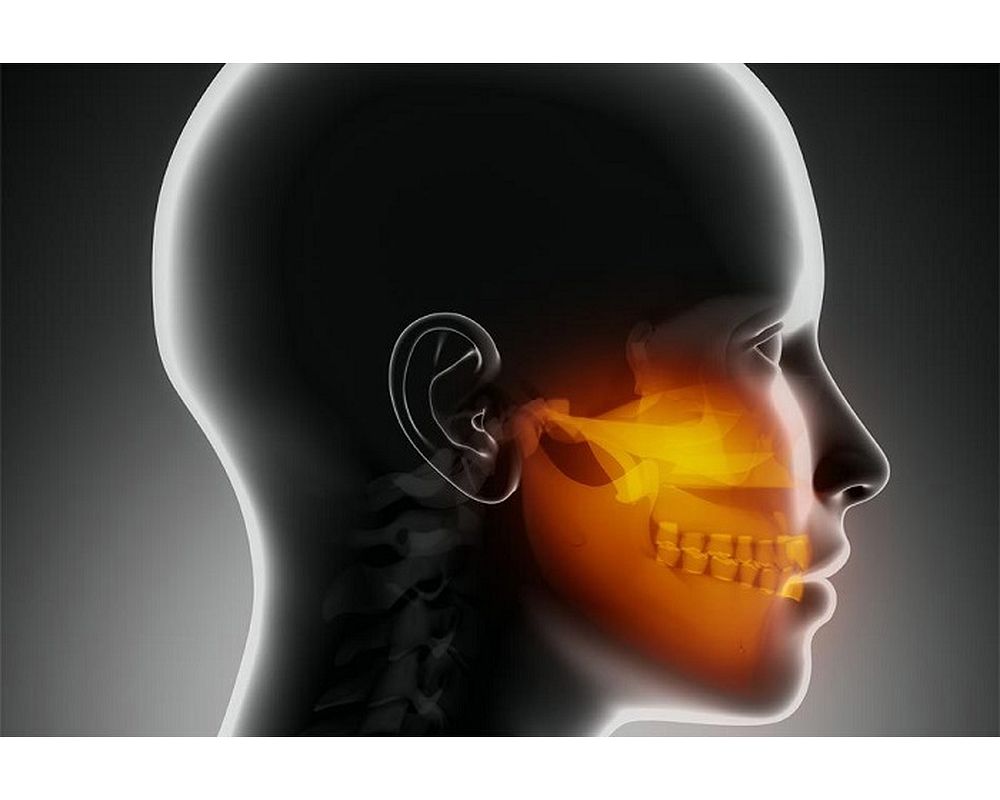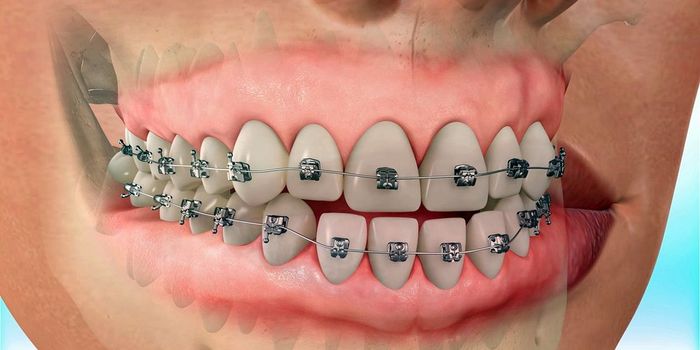Pediatric dentists must adjust the dose to the child's age and weight, as well as to know the characteristics (pharmacokinetics and pharmacodynamics) of the drugs to be prescribed.
We invite you to our English-only dental publishing groups
🎯 WhatsApp Group All Odontology
🎯 Telegram Group All Odontology
🎯 Facebook Group All Odontology
The prescription of drugs in pregnant and lactating women is another of the doubts that the dentist presents, because it involves some risks that may occur in the development of the fetus.
Advertisement
We make 10 dental articles available to the professional community so that it can be shared among colleagues and patients. In this way we contribute to the dissemination of education.
🎯 Dental articles, PDF articles, tips, videos and more
► Antibiotics and its use in pediatric dentistry: A review
► How To Determine a Child's Medication Dose
► Guideline on use of antibiotic therapy for pediatric dental patients
► Antibiotics: Use and misuse in pediatric dentistry
► Antibiotic prescriptions in pediatric dentistry: A review























